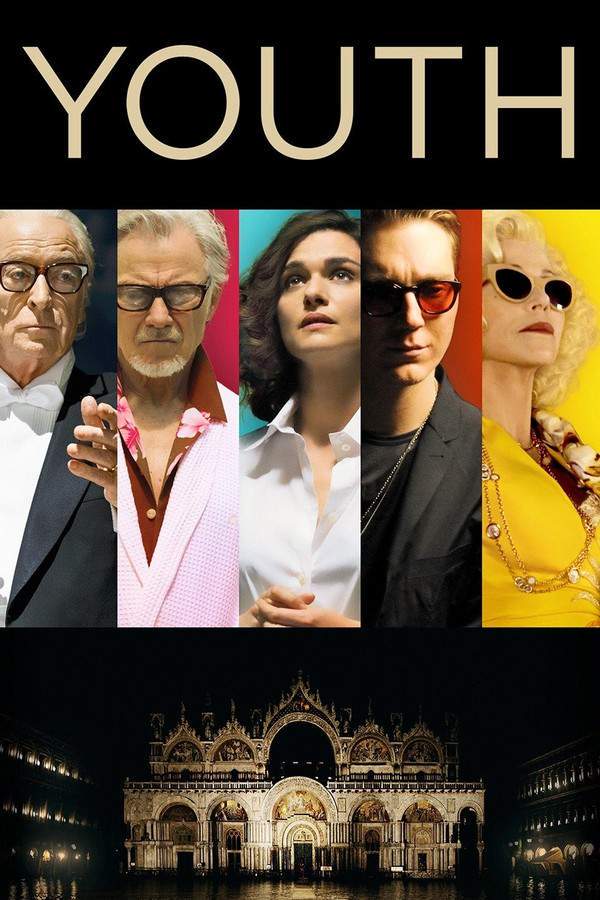
The Youth of Maxim
Year: 1935
Runtime: 90 mins
Language: Russian
Directors: Grigori Kozintsev, Leonid Trauberg
A 1935 U.S. trade‑paper review praised the film as an impressive, technically outstanding historical drama that portrays czarist terrorism and the simmering revolutionary fervor of 1907. The Soviet prize‑winning picture is noted for realistic performances, striking photography, fluid movement and folk‑song musical touches. Written by Les Adams.
Warning: spoilers below!
Haven’t seen The Youth of Maxim yet? This summary contains major spoilers. Bookmark the page, watch the movie, and come back for the full breakdown. If you're ready, scroll on and relive the story!
Timeline & Setting – The Youth of Maxim (1935)
Explore the full timeline and setting of The Youth of Maxim (1935). Follow every major event in chronological order and see how the environment shapes the story, characters, and dramatic tension.
Last Updated: October 04, 2025 at 14:16
Main Characters – The Youth of Maxim (1935)
Meet the key characters of The Youth of Maxim (1935), with detailed profiles, motivations, and roles in the plot. Understand their emotional journeys and what they reveal about the film’s deeper themes.
Last Updated: October 04, 2025 at 14:16
Major Themes – The Youth of Maxim (1935)
Explore the central themes of The Youth of Maxim (1935), from psychological, social, and emotional dimensions to philosophical messages. Understand what the film is really saying beneath the surface.
Last Updated: October 04, 2025 at 14:16
Unlock the Full Story of The Youth of Maxim
Don't stop at just watching — explore The Youth of Maxim in full detail. From the complete plot summary and scene-by-scene timeline to character breakdowns, thematic analysis, and a deep dive into the ending — every page helps you truly understand what The Youth of Maxim is all about. Plus, discover what's next after the movie.
The Youth of Maxim Summary
Read a complete plot summary of The Youth of Maxim, including all key story points, character arcs, and turning points. This in-depth recap is ideal for understanding the narrative structure or reviewing what happened in the movie.

Similar Movies to The Youth of Maxim
Discover movies like The Youth of Maxim that share similar genres, themes, and storytelling elements. Whether you’re drawn to the atmosphere, character arcs, or plot structure, these curated recommendations will help you explore more films you’ll love.
Explore More About Movie The Youth of Maxim
The Youth of Maxim (1935) Plot Summary & Movie Recap
The Youth of Maxim (1935) Scene-by-Scene Movie Timeline
The Youth of Maxim (1935) Spoiler-Free Summary & Key Flow
Movies Like The Youth of Maxim – Similar Titles You’ll Enjoy
Youth (2015) Full Summary & Key Details
A Russian Youth (2020) Ending Explained & Film Insights
Youth (2015) Film Overview & Timeline
Youth (2017) Complete Plot Breakdown
A Russian Youth (2019) Film Overview & Timeline
The Youth of Peter (1980) Full Movie Breakdown
70 Years of Youth Revolt (1000) Complete Plot Breakdown
October (Ten Days that Shook the World) (1927) Plot Summary & Ending Explained
The Vyborg Side (1939) Movie Recap & Themes
The Return of Maxim (1937) Ending Explained & Film Insights
Song of Youth (1959) Plot Summary & Ending Explained
Youth Runs Wild (1944) Full Movie Breakdown
The Childhood of Maxim Gorky (1938) Full Movie Breakdown
Errors of Youth (1978) Film Overview & Timeline
The Young Guard (1948) Full Movie Breakdown










-GXe6qXgIQpk7Pg.jpg)






